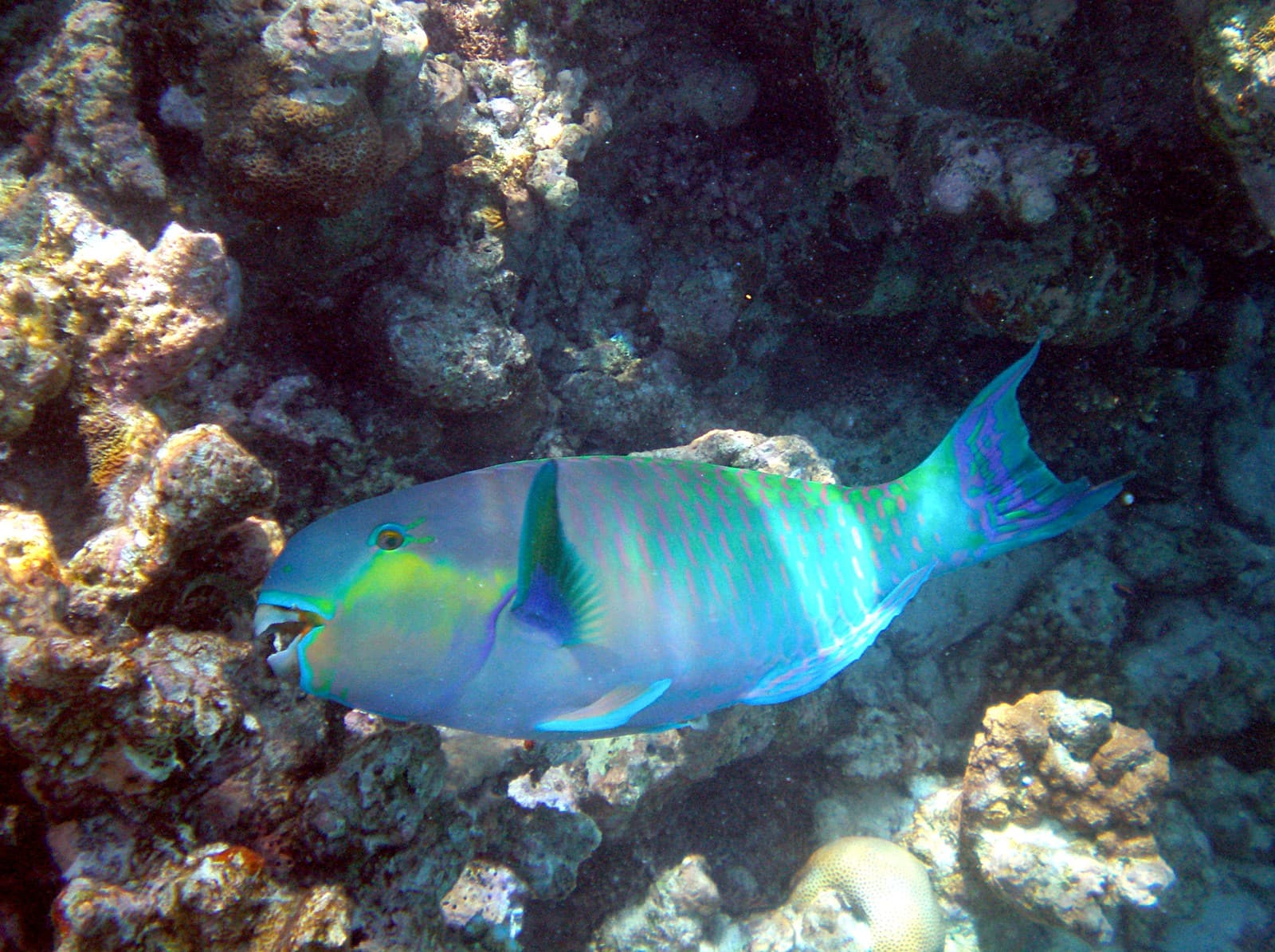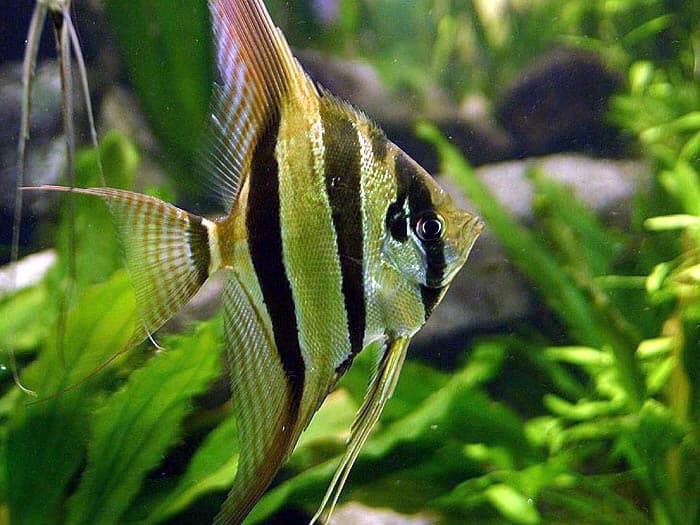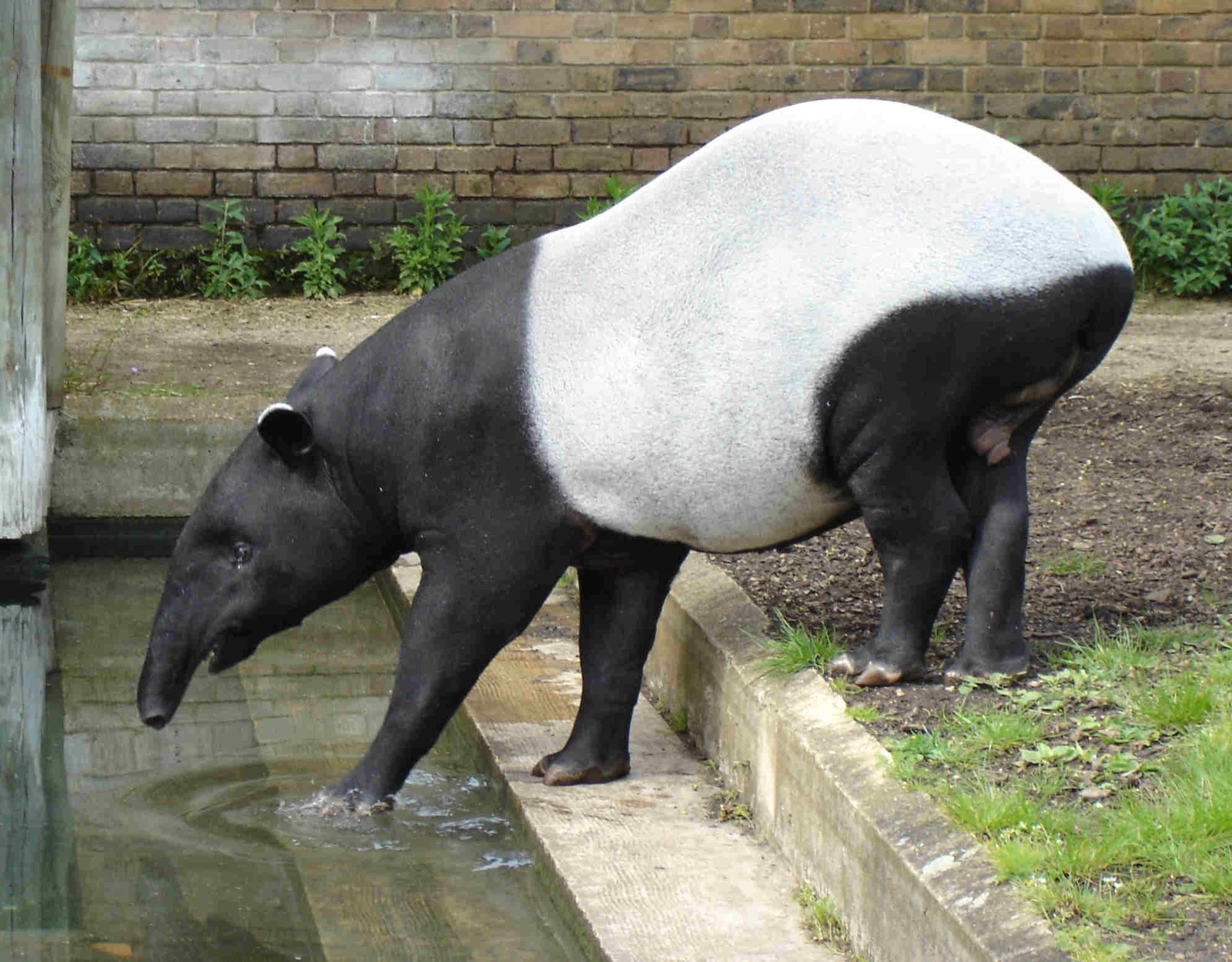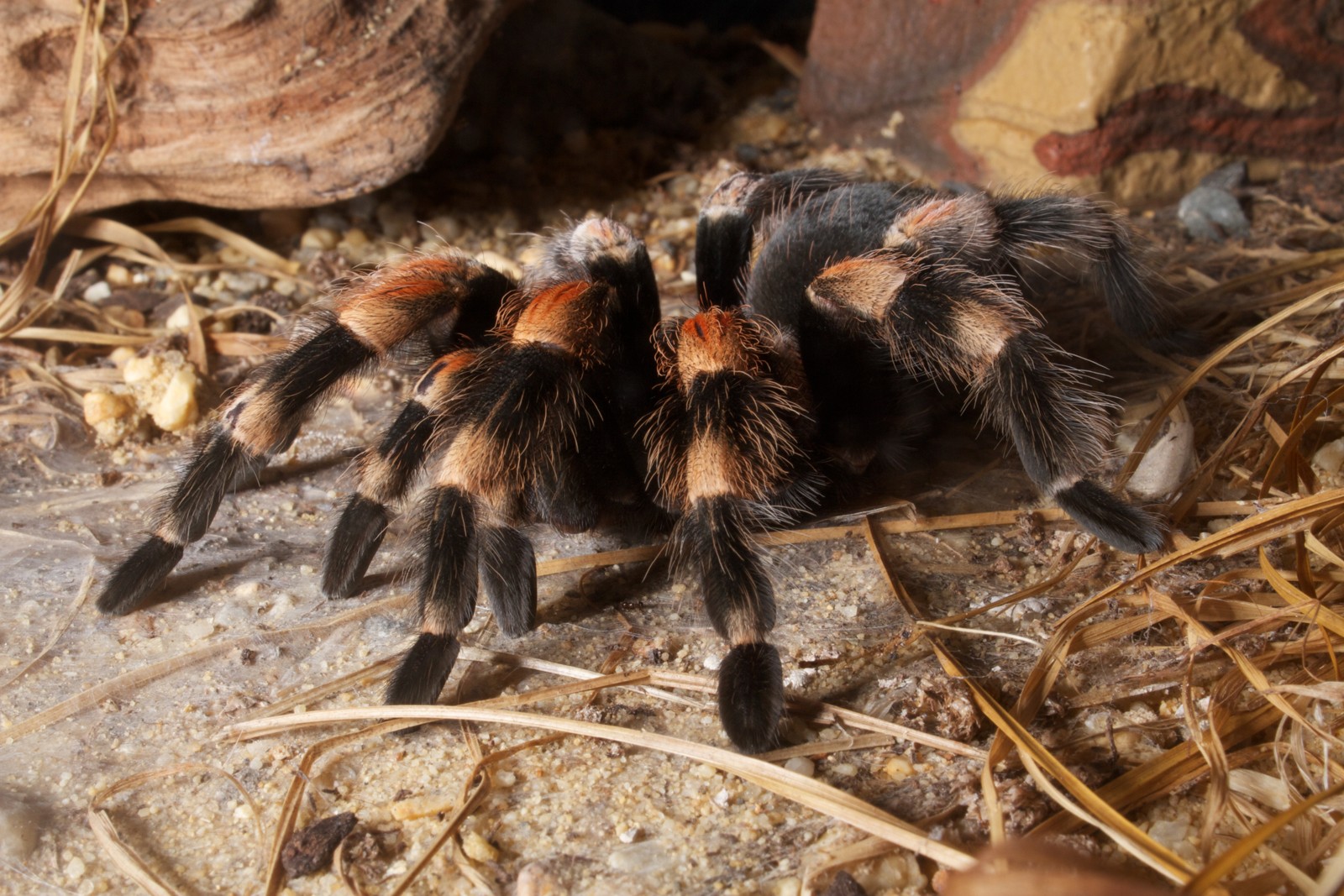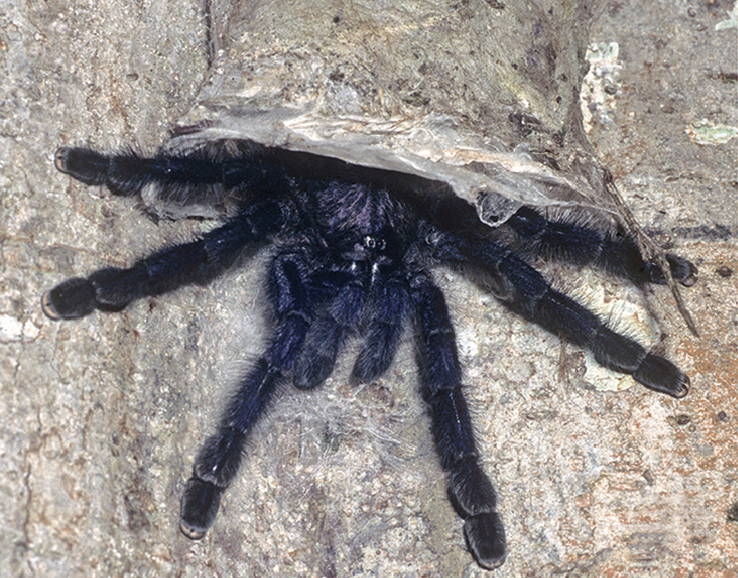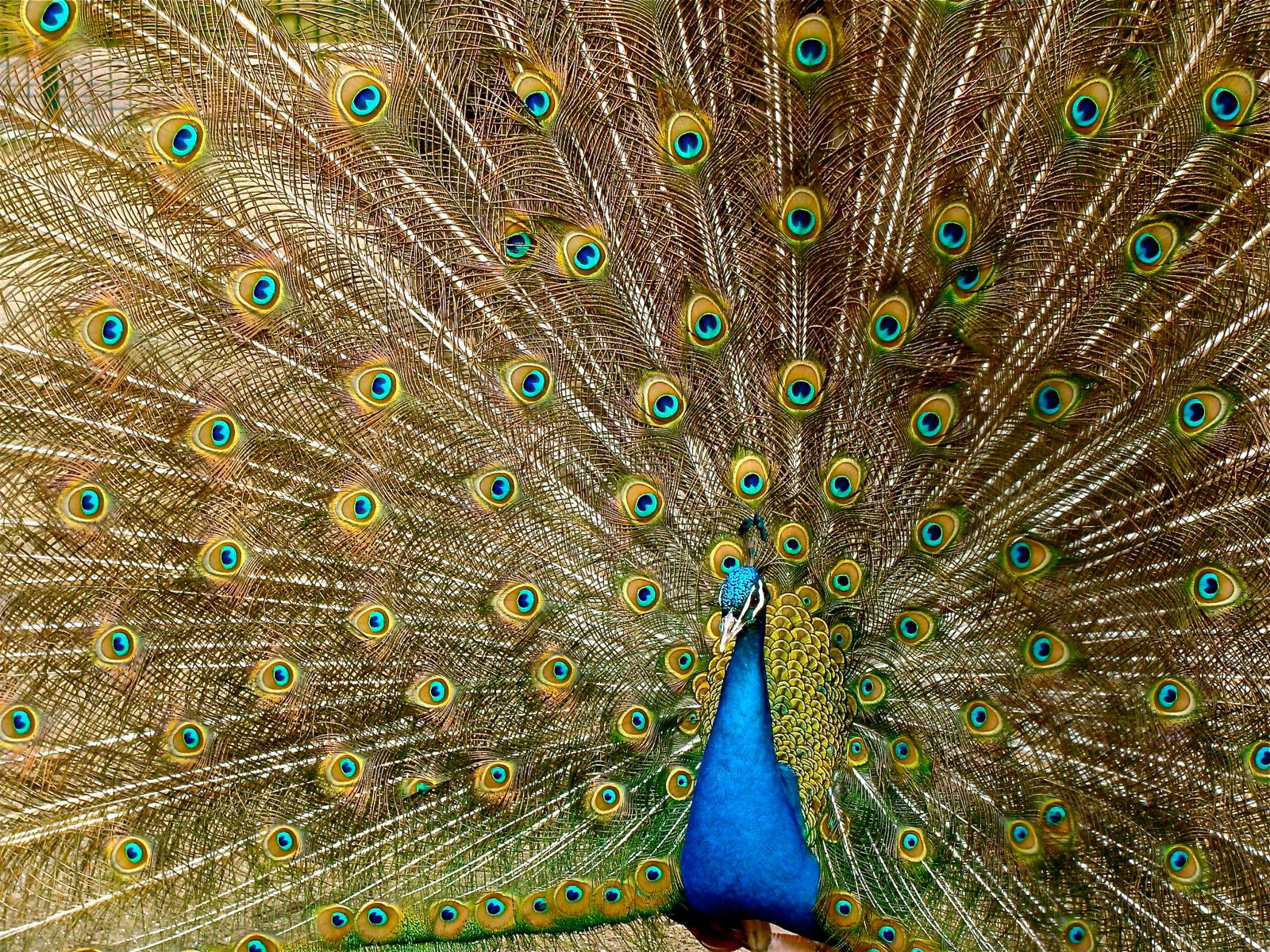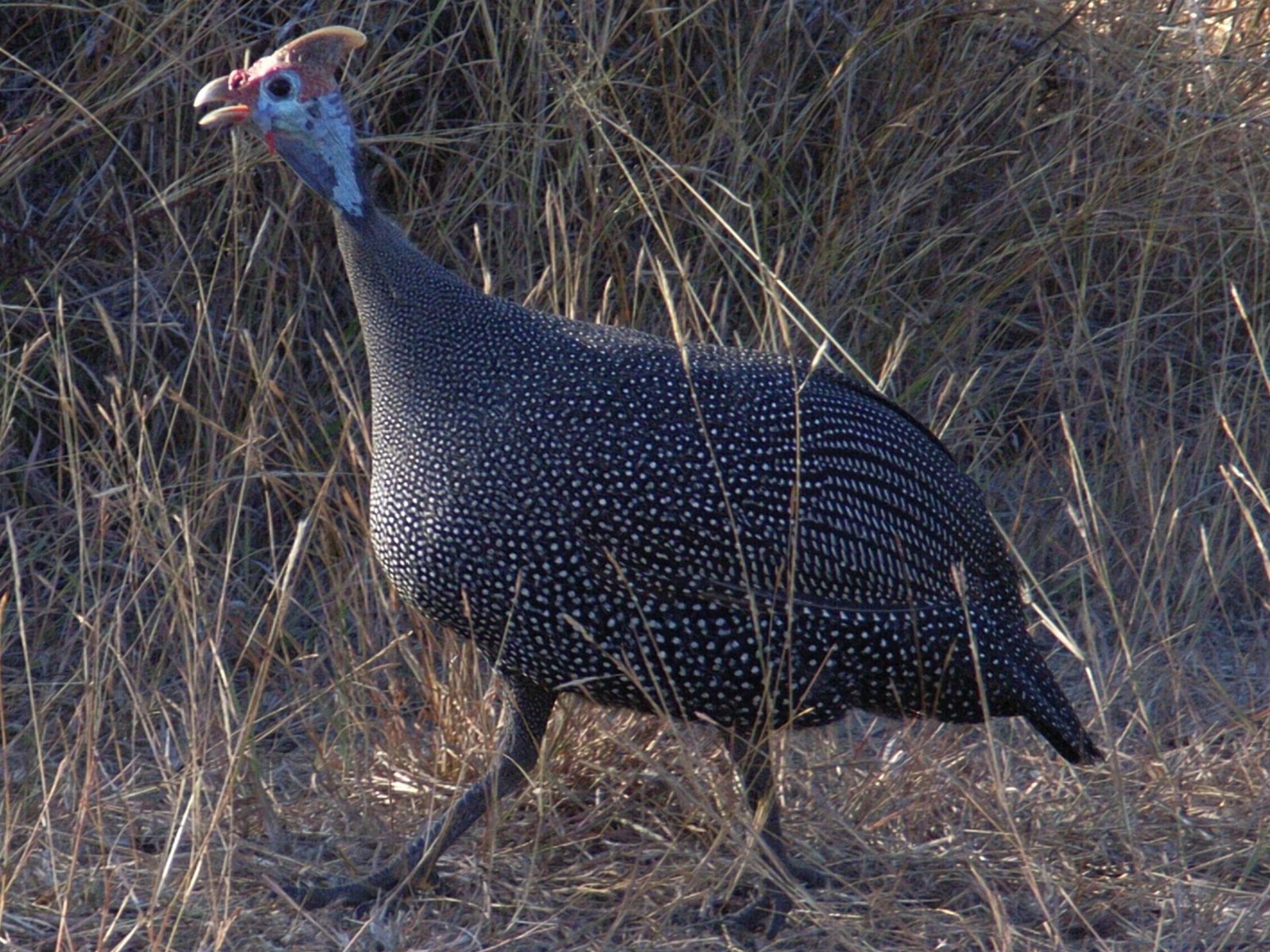Slug vs Snail: A Complete Comparison
The fundamental difference between slugs and snails lies in their external anatomy: snails possess a prominent spiral shell, while slugs lack this protective covering. Both belong to the class Gastropoda, with snails typically reaching lengths of 1-3.5 inches (25-90mm) including their shell, while slugs commonly measure 0.75-4 inches (20-100mm) in their extended form.
These fascinating gastropods share many characteristics, including a muscular foot for locomotion and the production of protective mucus. However, their evolutionary paths have led to distinct adaptations, with slugs developing a more streamlined body that can access tight spaces, while snails maintain their ancestral shell as a defense against predators and environmental stress.
Visual Comparison
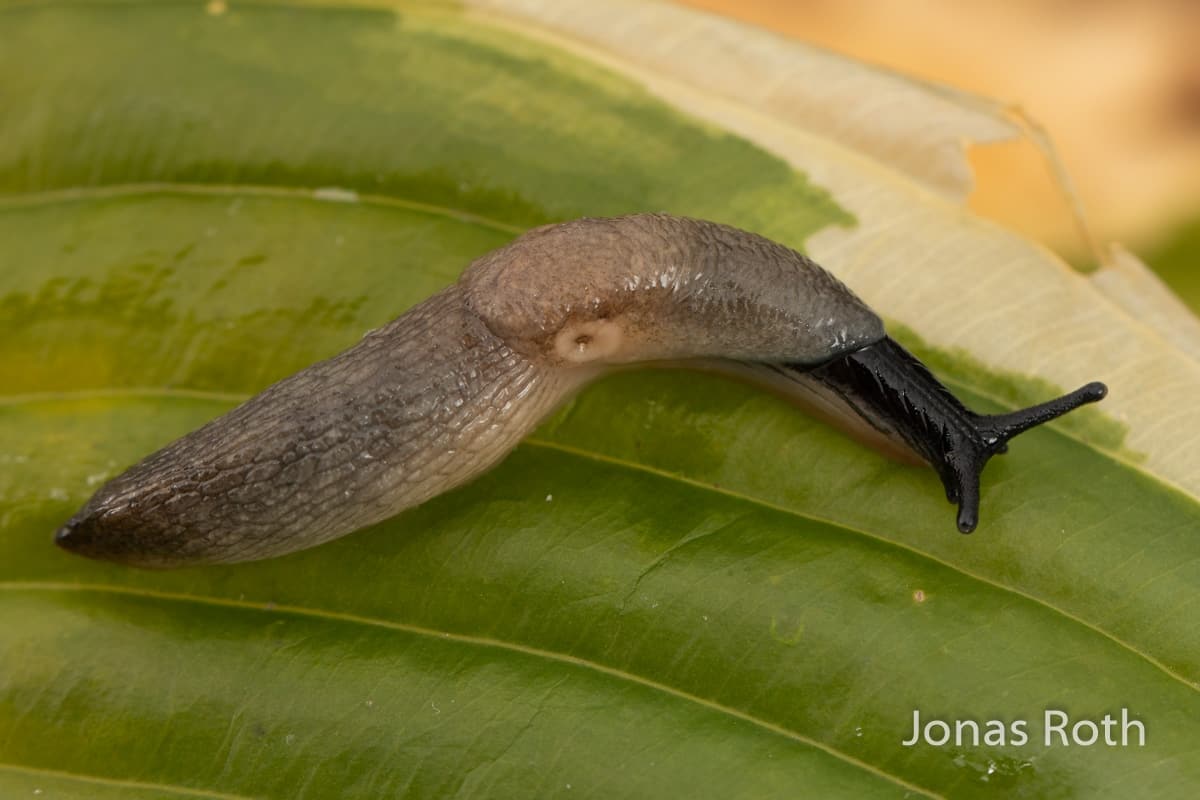
© Jonas Roth / CC BY-SA 4.0
The garden slug demonstrates the characteristic shell-less form that allows these gastropods to navigate tight spaces and maintain a lower profile. Note the prominent tentacles and the protective layer of mucus that aids in moisture retention and locomotion.
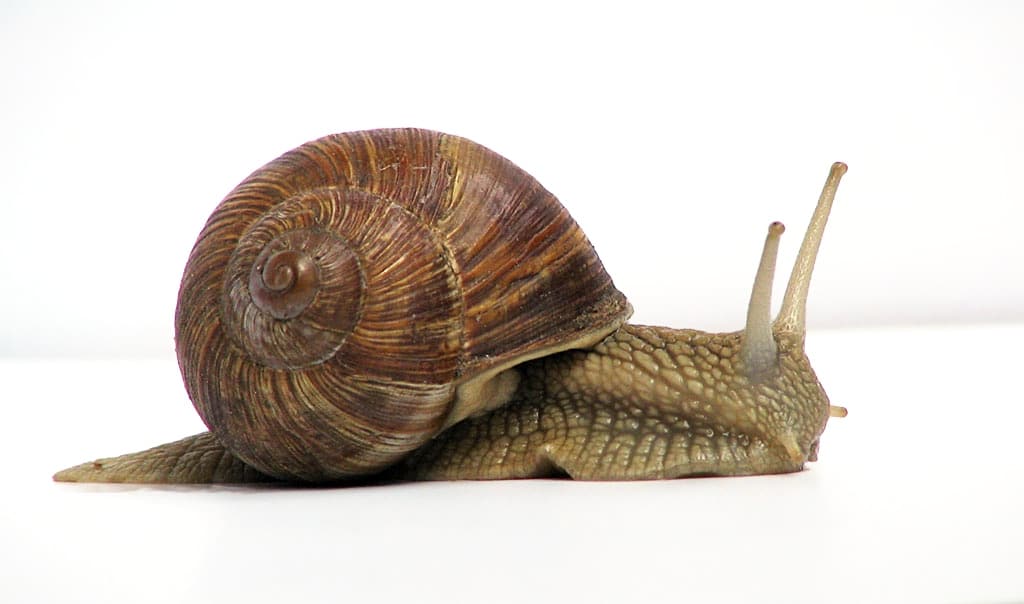
© Jürgen Schoner / CC BY-SA 3.0
The garden snail showcases its distinctive spiral shell, which provides essential protection from predators and harsh environmental conditions. The shell’s growth rings indicate the snail’s age and growth history.
Key Differences: Slug vs Snail
| Feature | Slug | Snail |
|---|---|---|
| Shell | None (internal vestigial shell in some species) | External spiral shell |
| Size | 0.75-4 inches (20-100mm) | 1-3.5 inches (25-90mm) |
| Movement Speed | Up to 6.5 inches/minute (165mm/minute) | Up to 5.4 inches/minute (137mm/minute) |
| Habitat Range | Limited to moist environments | More adaptable to varied conditions |
| Predator Defense | Mucus secretions, cryptic coloration | Shell retraction, operculum (in some species) |
| Lifespan | 1-2 years | 2-3 years (some species up to 10) |
Habitat and Distribution
Slugs and snails demonstrate different habitat preferences due to their distinct anatomical features. Slugs require consistently moist environments due to their lack of shell protection against desiccation. They’re commonly found in:
- Dense vegetation
- Under logs and rocks
- Garden soil and mulch
- Damp forest floors
Snails, protected by their shells, can survive in more diverse environments, including:
- Gardens and woodlands
- Urban areas
- Semi-arid regions
- Coastal zones
Behavioral Differences
The absence or presence of a shell significantly influences behavior patterns between slugs and snails. Slugs typically:
- Are more active during wet conditions
- Can squeeze through gaps as small as 1/20th their body width
- Must seek shelter in soil or vegetation during dry periods
Snails, conversely:
- Can remain active in drier conditions
- Seal their shell opening during adverse weather
- Exhibit more visible daytime activity
- Can survive extended dry periods through aestivation
Diet and Feeding Habits
While both gastropods are primarily herbivorous, their feeding patterns show subtle differences:
Slugs:
- More likely to feed on living plant material
- Often considered serious garden pests
- Can consume up to 40% of their body weight daily
- More prone to scavenging deceased organic matter
Snails:
- Prefer tender plant growth and fruits
- More selective in food choices
- Consume approximately 35% of their body weight daily
- Often feed on algae and lichens
Conservation Status and Garden Impact
Understanding the ecological roles of slugs and snails helps balance their pest status with their environmental importance:
Slugs:
- Often viewed as significant garden pests
- Play crucial roles in decomposition
- Some species are threatened by habitat loss
- Can cause substantial crop damage
Snails:
- Important indicators of ecosystem health
- Some species are declining due to pollution
- Valuable food source for numerous predators
- Can be beneficial in controlling algae growth
Survival Adaptations
Both creatures have evolved distinct survival strategies:
Slugs rely on:
- Nocturnal activity patterns
- Rapid mucus production
- Ability to compress body size
- Cryptic coloration
Snails depend on:
- Shell protection
- Operculum sealing (in some species)
- Calcium-rich diet for shell maintenance
- Aestivation during unfavorable conditions
This comprehensive comparison reveals how these seemingly similar creatures have evolved distinct strategies for survival, making each uniquely adapted to their ecological niches.
